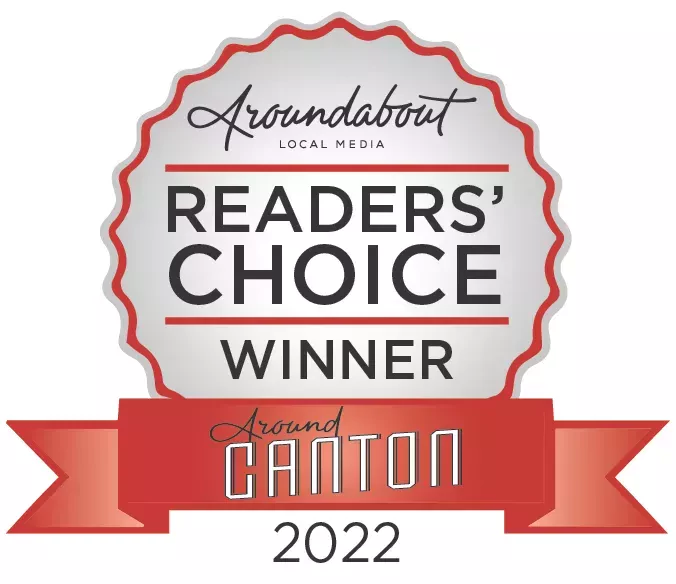LEARNING CENTER

Cost segregation studies are transformative tools for commercial property owners aiming to optimize tax deductions through accelerated depreciation. By analyzing a building's components, this valuable financial strategy reclassifies certain fixtures and structures into distinct tax depreciation categories, allowing for expedited cost recovery. Let's delve deeper into the complexities of cost segregation studies, understand their practical applications, and consider both their advantages and potential drawbacks.
Origin and Evolution - The concept of cost segregation emerged to enhance tax strategies by reclassifying property parts into shorter-lived assets. Historically, buildings were depreciated over 39 years for commercial properties and 27.5 years for residential rentals under the Modified Accelerated Cost Recovery System (MACRS). However, various elements within a building often have significantly shorter useful lives. By identifying and depreciating these components over a shorter period, property owners can fundamentally influence their tax liabilities and financial planning strategies.

Opportunities for Application - Cost segregation studies can be utilized in numerous property situations, including newly constructed buildings, renovations, expansions, or properties acquired through purchase. Practically any structure with a depreciation basis can benefit. The optimal time to conduct a cost segregation study is during the fiscal year of property acquisition, construction, or significant renovation, maximally leveraging tax benefits from the beginning.
Applicable Property Types - Cost segregation studies are beneficial for various property types, such as:
Office buildings
Shopping centers
Manufacturing facilities
Residential rental properties
Hotels
Warehouses
Each property type contains numerous components eligible for reclassification, such as lighting, parking lots, plumbing, and specific operational equipment.

Advantages - The main advantage of cost segregation is the acceleration of depreciation deductions. By assigning components to categories with shorter tax lives, property owners can significantly boost deductions in the early years of ownership, offering several possible benefits:
Improved Cash Flow: Enhanced depreciation deductions decrease taxable income, reducing tax liabilities and strengthening cash flow.
Greater ROI: By freeing up capital, property owners can reinvest in their businesses, boosting overall returns.
Strategic Tax Flexibility: Expedited deductions facilitate strategic tax planning, optimizing when and how taxes are paid.
Possible Reduction in Real Estate Taxes: Identifying non-intrinsic components can enable arguments for reduced real estate taxes.
Considerations - While cost segregation studies present substantial benefits, they come with potential challenges:
Complex and Costly: Proper cost segregation requires expertise, often incurring significant initial costs.
IRS Evaluation: Incorrect allocations risk IRS scrutiny, potentially resulting in penalties if deemed inappropriate.
Effect on Property Sales: Accelerated depreciation lowers the property's basis, potentially escalating taxable gains upon sale through depreciation recapture.
Cost vs. Benefit - The cost of a cost segregation study varies with the size and complexity of the property. Nevertheless, anticipated tax savings typically outweigh these initial costs, particularly for properties with significant basis amounts. Property owners must carefully assess whether the projected tax savings justify the study's expense, considering both immediate gains and long-term tax effects.

The Role of an Expert - Due to the intricacies of accurately classifying building components, consulting a qualified professional is crucial. Cost segregation specialists are typically well-versed in tax codes, engineering, and construction, essential for performing these analyses correctly. Engaging experts reduces the risk of non-compliance with IRS standards, enhancing the study's credibility.
Benefits of Component Segregation - In cost segregation studies, property components are categorized into various MACRS groups, each with distinct depreciation timelines. For instance:
5-Year Items: Includes carpeting, certain electrical fixtures, and decorative lighting, which depreciate faster.
7-Year Assets: Often involves specific operational machinery and equipment.
15-Year Improvements: Covers land enhancements like sidewalks, landscaping, and parking lots.
Segregating these components from the standard 39- or 27.5-year category allows property owners to claim larger depreciation deductions sooner, which helps shelter income from taxes in the initial years post-acquisition or construction. This acceleration can be particularly beneficial for businesses seeking to utilize current savings for expansion or reinvestment.
Accelerating Depreciation Early - Accelerating depreciation via a cost segregation study permits property owners to front-load deductions, particularly advantageous during a business's early, high-cost years. This strategy aligns higher tax savings with periods of increased liquidity needs, supporting business development and financial stability.
Cost segregation studies are sophisticated yet highly effective tax strategies for property owners aiming to optimize financial returns through accelerated depreciation. Despite their complexity and potential costs, the strategic benefits often make them an essential consideration for significant property investments. By leveraging the expertise of qualified professionals, businesses can ensure compliance and maximize tax savings, enhancing both immediate and long-term financial health. Ultimately, understanding and applying cost segregation effectively can unlock significant tax efficiencies, allowing property owners to reinvest in their enterprises and stimulate growth more robustly. Contact this office if you have questions.
Sign up for our newsletter.
You can count on us for professional, timely, and reliable tax and accounting services. If you’re ready to get started, just fill out this form and we’ll be in touch.




